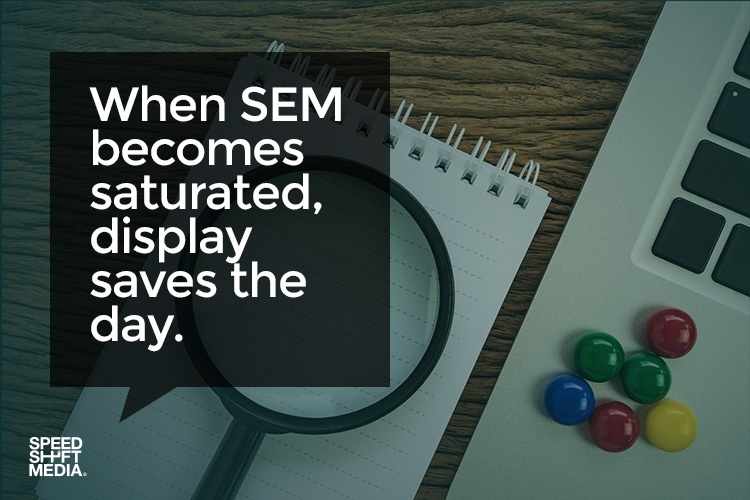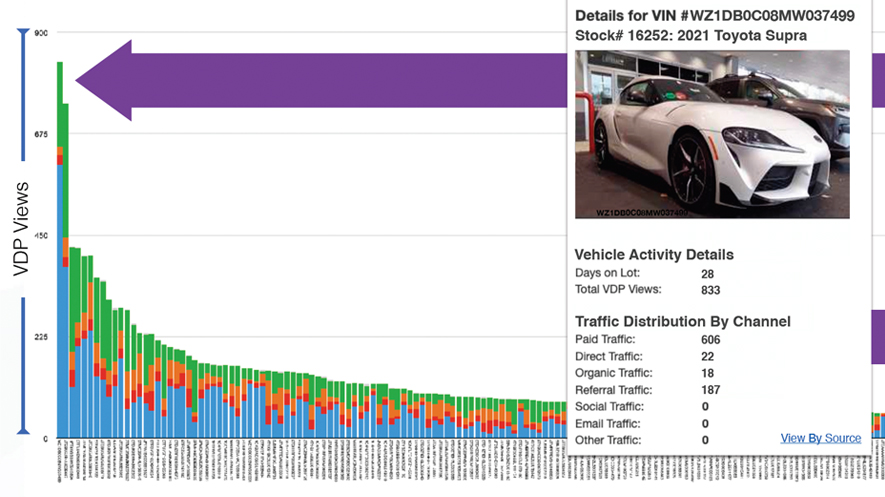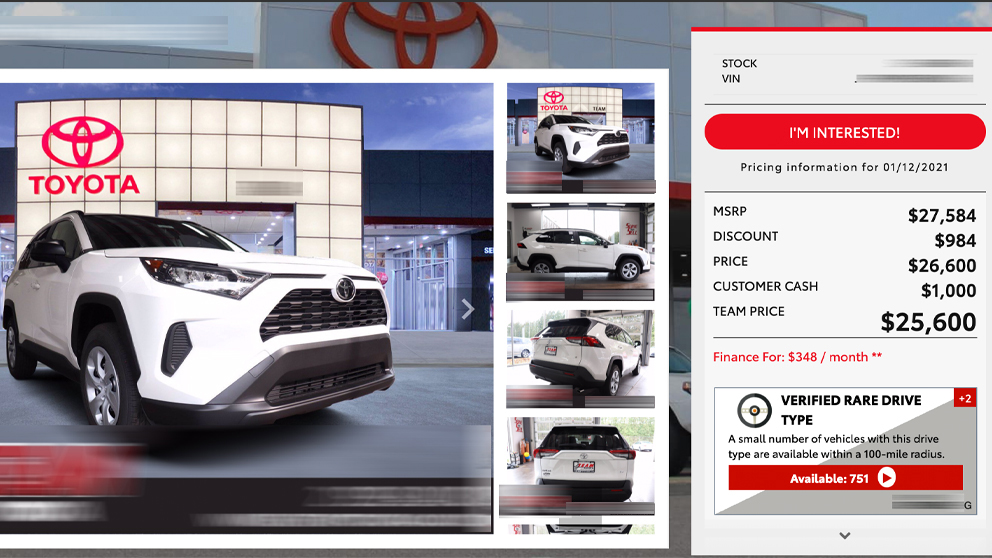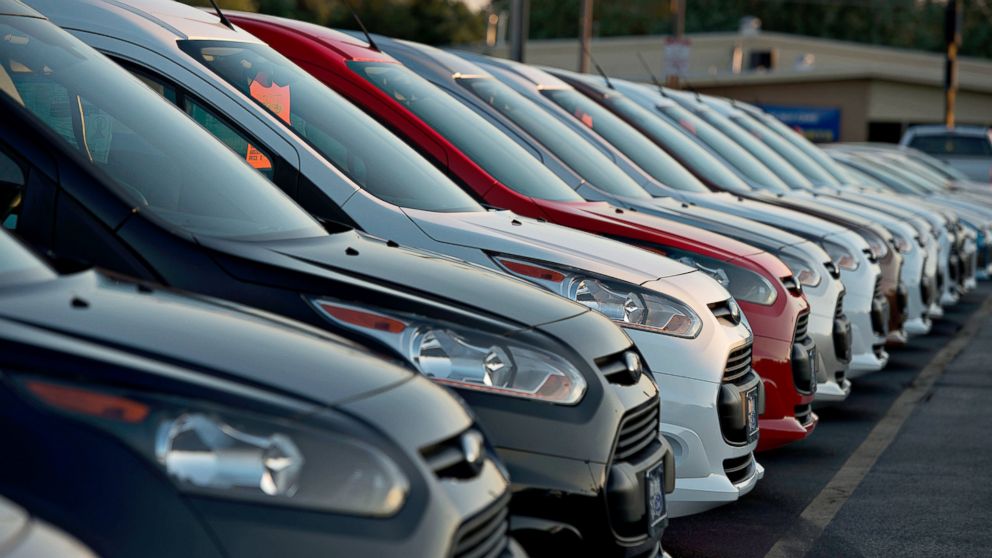Why SEM is not Enough
A constant line item when looking at digital ad spend at dealerships is search engine marketing (SEM). Almost all dealerships are using some form of this tactic to get shoppers to their website. Unfortunately, Search Engine Land reports that search query volume is stabilizing (read: the number of people searching for you isn’t increasing but has hit a maximum). This means that SEM (like listing sites before it) may be at a point of saturation and using it will not get you ahead of the competition, but simply on par with the competition.
Additionally, SEM is purely an inbound tactic. That’s to say, you’re waiting for a shopper to search for what you have and not actively pursuing them (which is considered outbound).
This begs the question, what happens when people don’t search for you?
Typically, when inbound approaches such as SEM or SEO reach saturation, outbound methods like display step in to captivate buyers that are not searching for you and influence them to search for you. Inbound marketing methods use pull methods to draw in buyers interested in you, while outbound ads are pushed out to draw in new shoppers that may be unfamiliar with your dealership and the different types of cars you have to offer.
So in order to get people to even look up your offers, outbound tactics, like display advertising, are often necessary to attract buyers to start searching for you. These two pieces are necessary to complete the whole puzzle, but it is important to note that display is the main type of ad format that US digital marketers spent the bulk of their money on in 2016. To be more specific, 47.9% of digital ad spending was estimated be on categories which include banners and rich media. The 2017 report confirmed that display toppled search and also that mobile is driving digital growth.
Many different factors led to this change. One being that attribution models improved, and another due to search query volume stabilizing. Which basically means that since buyers aren’t searching more than they used to, they have less exposure to your search ads. However, the main reason display became the most popular type of ad around is due to the capabilities of the rich media it contains, which can remain responsive on mobile.
The Best way to Influence Buyers to Search for you: Imagery
Think about the last time you saw a car ad that caught your eye. It was probably one which showed you what the car of your dreams looked like, rather than just a string of letters which spell out its name. With that being said, an image alone is often not enough to cause a reaction, but much more likely to do so if it provides a visual of exactly what you are looking for.
Let’s put it this way, reading the words “2017 Alfa Romeo Giulia Quadrifoglio” is not the same as actually taking it for a test drive. But if you never saw what this beautiful Shakespearean sounding car looked like, you probably wouldn’t look it up and be able to find more info about different dealerships that are selling it.
When considering conversions, ads with visual imagery instead of content are 94% more likely to be engaged with rather than those without images. Now imagine how relevant this becomes when considering in-image ads, which are essentially advertisements combined with current content that users are viewing. The great thing about outbound advertising is that it’s not just limited to just banner space or standard images. It can even extend to in-content or even in-listing ads. These are native ads, which means they are tailored to users and will only show if related to the topic a user is searching. They will only show in places a person chooses to look.
Dynamic inventory ads are also capable of showing inventory, to compliment SEM, because keywords do not indicate whether or not a certain car is actually on a dealer’s lot. In a sense, that makes SEM ads essentially equivalent to static ones, which promote general offers, but may not guarantee availability.
Fast Forward
SEM has hit a saturation point and just isn’t capable of captivating attention or doing as much as visual ads can, since it is a non-visual medium. You may not be able to reel in your buyers with words, but the same can’t be said for when you show them what they could be driving, especially if you catch them while they’re spending time reading about related topics.
To remain competitive going forward, your dealership should be focusing on the capabilities of rich media and how to leverage new formats on mobile, in addition to using SEM.
What is your dealership currently doing to stay on top of things when it comes to inbound and outbound marketing? Comment below and let us know.







